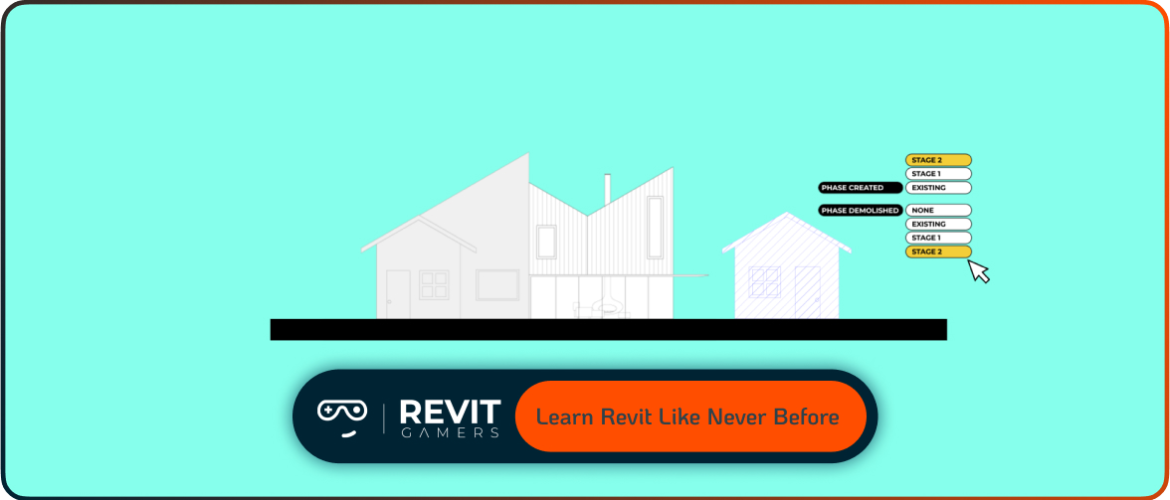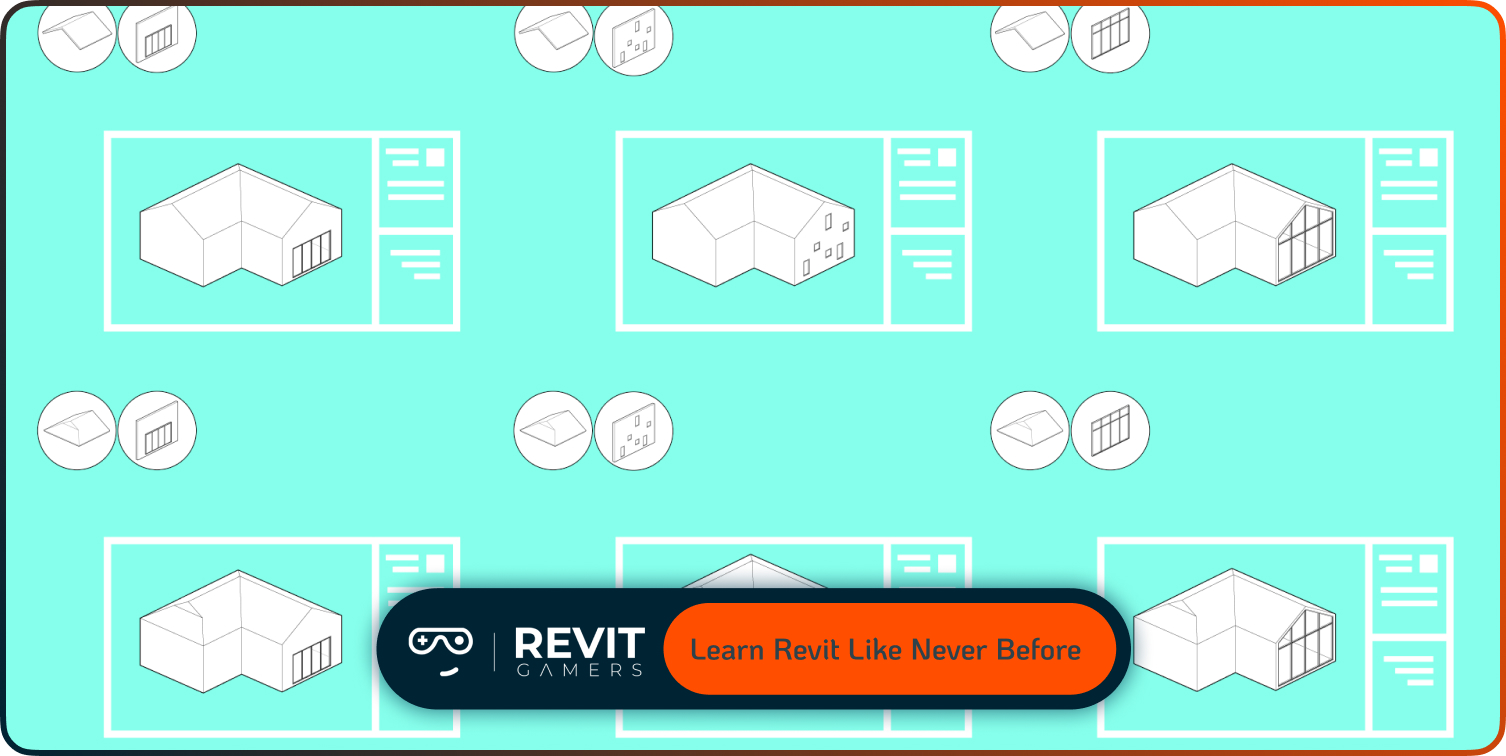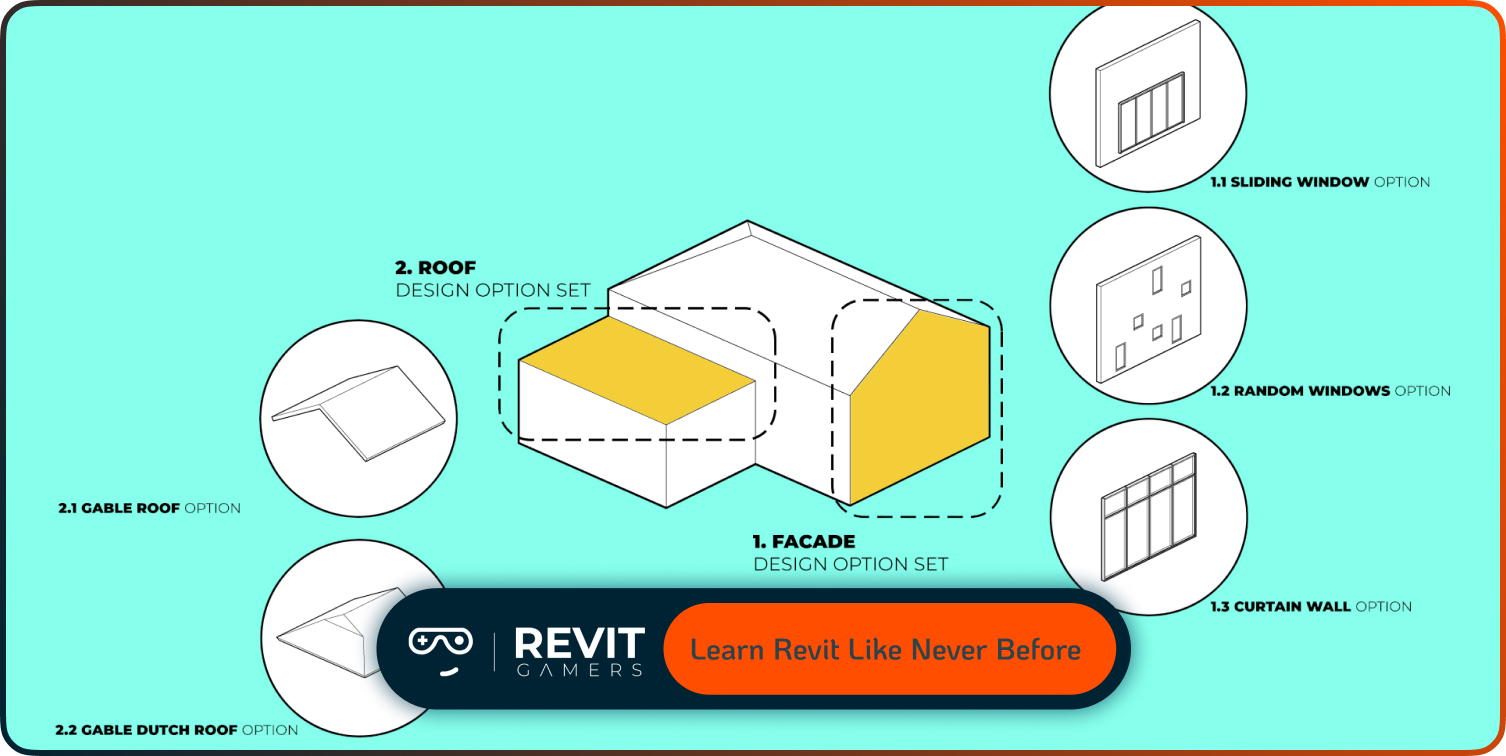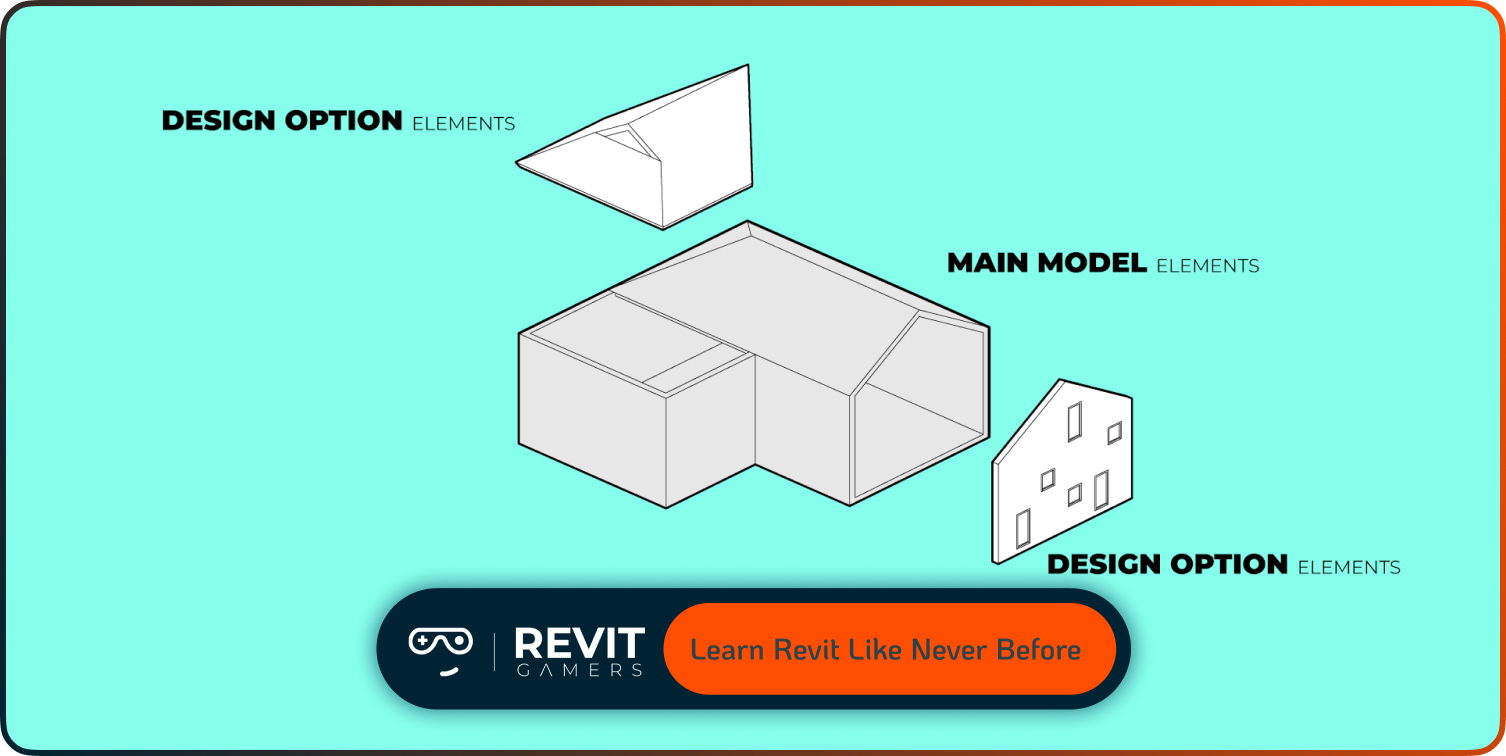News & Events
Revit file too big: Why Is Your Revit File So Heavy? How to Optimize It
- July 19, 2025
- Posted by: bita
- Category: blog

Let’s get to the root of the problem. A Revit file too big is usually the result of years of poor modeling habits, accumulated data, and forgotten elements. Common culprits include overmodeled families, imported CAD files, excessive groups, unused views, and point clouds left behind. Linked files and worksets can also contribute to unnecessary weight if not managed properly. Even something as small as improperly handled line patterns or filled regions can snowball into size problems. When we train our students at Revit Gamers, we emphasize awareness—because the first step in solving a bloated file is knowing what causes it. Once you identify these issues, the path toward a cleaner and lighter model becomes clear.
Learn more: Free Revit Tutorial: How to Get Started Today
How a Heavy File Impacts Your Workflow
A heavy Revit file doesn’t just slow things down—it can bring your entire workflow to a halt. From sluggish navigation to lag in placing elements, every click becomes a chore. Sync times increase, collaboration becomes painful, and crashes become more frequent. In team environments, one large file can slow down everyone involved. Revit’s performance is tightly linked to file size, so a revit file too big isn’t something you can afford to ignore. At Revit Gamers, we often compare it to trying to sprint while carrying a backpack full of bricks. To move faster and smarter, you need to unpack. That’s where intelligent file cleanup and optimization techniques make all the difference.
First Step: Revit File Cleanup Essentials
Before you panic or start deleting things, let’s talk strategy. Revit file cleanup begins with understanding what stays and what goes. Think of your file like a digital building site—clutter leads to confusion. Start by auditing the file structure, identifying unused views, families, and sheets. Use the “Purge Unused” tool with care, and always make backups before cleaning. At Revit Gamers, we recommend a checklist approach: assess links, clear temporary views, delete unused line styles, and check annotation families. A well-executed cleanup reduces load times and restores stability. You don’t have to overhaul everything at once. Even small changes can dramatically reduce file size and improve performance.
Learn more: Revit Project Setup Best Practices
Purge Unused Elements (the Right Way)
The “Purge Unused” feature in Revit can be a powerful ally—or a dangerous tool in the wrong hands. Many users click “purge” without understanding what they’re removing. The result? Broken templates, lost references, or even rendering issues. At Revit Gamers, we teach that smart revit file cleanup begins with targeted purging. Don’t just run a full sweep. Instead, review unused families, materials, views, and CAD links. If you’re working in a collaborative model, coordinate with your team first. Backup your file, purge in stages, and verify after each step. This careful approach ensures you reduce file size safely—without compromising the integrity of your BIM model.
Audit and Compact: What They Really Do
If your Revit file is too big, using the Audit and Compact tools can make a noticeable difference. These built-in features are designed to clean your file at a deeper, system level. Audit scans the model for corrupt elements or inconsistencies that may slow performance or even crash your file. Compact reduces the file size by reindexing and compressing the model database. But don’t run these blindly—at Revit Gamers, we suggest using them when opening the file in a detached mode and always saving a copy. These steps won’t replace manual file cleanup, but they do provide a solid foundation for further optimization. Think of them as a health check-up for your model before surgery.
Warning: What Not to Do When Reducing File Size
It’s tempting to go on a deletion spree when your Revit file is too big, but reckless cleaning often causes more harm than good. Don’t delete system families, placeholder views tied to sheets, or nested components without understanding their dependencies. Removing worksets or unchecking links may lead to coordination issues. We’ve seen users at Revit Gamers lose hours of work because they tried to fix file size without a plan. Avoid turning off warnings, skipping audits, or bypassing backups. Proper revit file cleanup is about strategy—not speed. If you’re unsure, consult with your BIM manager or go through guided steps. The goal is to optimize, not destabilize.
Learn more: Revit Architecture Mastery
Best Practices to Prevent File Bloat
The best way to deal with a Revit file too big is to stop it from growing out of control in the first place. Build smart habits: don’t overmodel, avoid embedding massive textures, and don’t load families you won’t use. Regularly purge unused data and audit your file on a schedule. At Revit Gamers, we encourage setting up clear naming conventions, organizing views, and using templates wisely. Small actions—like deleting temporary views after use or removing CAD imports—add up over time. Think of it as digital hygiene. With consistent maintenance, you’ll never need a massive file cleanup again. Your model will stay lean, fast, and easy to navigate.
When to Consider Splitting the Model or Linking
Sometimes, reducing file size isn’t enough—you need to rethink how your model is structured. If your project is large and includes multiple disciplines, consider splitting the file by scope: architecture, structure, MEP. Using linked models and worksets allows teams to collaborate without bloating a single file. At Revit Gamers, we teach how to structure your BIM workflow to scale with project complexity. A revit file too big often signals the need for segmentation. Linking helps keep performance stable, enables simultaneous access, and improves coordination. Just remember: linked files require good management and documentation. Done right, they’re a powerful tool—not a shortcut.
Learn more: Revit 2026 New Features – What’s New in Revit 2026
Conclusion: Get Back to a Fast, Clean Workflow with Revit Gamers
A heavy Revit file isn’t just frustrating—it’s avoidable. With proper revit file cleanup, strategic purging, and smart modeling habits, you can dramatically reduce file size and bring your workflow back to life. Whether you’re a beginner or seasoned user, optimization is key to delivering on time and without stress. At Revit Gamers, we believe in teaching not just what to do—but why. If you’re ready to move faster, think clearer, and model smarter, your journey starts with a cleaner file. Don’t let a bloated project slow you down. Take control of your Revit experience—one cleanup at a time.



